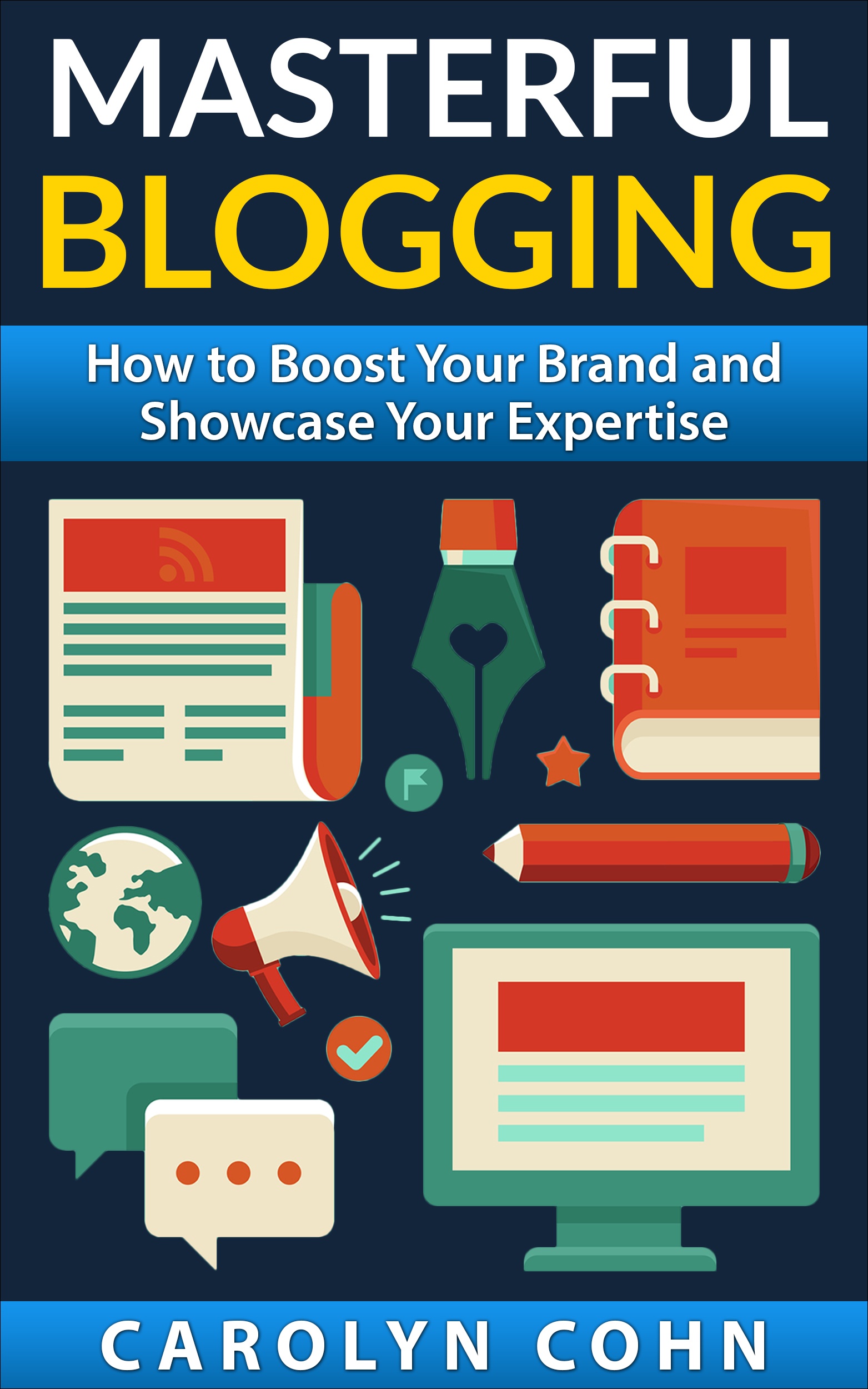Syndicating Your Content: How to Achieve Ultimate Exposure

Syndication means creating content once and having it automatically spread all over the place. The goal is to get maximum exposure for the minimum amount of work.
Web syndication refers to making web feeds available from one site in order to provide other people with a summary of the website's content that was added recently (for example, the latest forum posts or news). Web syndication can also be used to describe other types of licensing website content so that other websites can use it.
Syndication is advantageous to both the websites that provide information and the websites that display that information. For the website that receives the information, web syndication is a good way to add more depth and immediacy of information to its pages, which will make it more attractive to users. For the website that transmits the information, syndication drives exposure to numerous online platforms, which, in turn, generates new traffic for the transmitting site — making syndication a free and easy form of advertisement.
Newspapers commonly syndicate with popular columnists and comic strips. Radio stations commonly syndicate personalities and programs. You can also syndicate with website articles, blog posts, and Emails.
To illustrate this, if you have a blog, which you are updating on a regular basis, you can set it up so that the updates automatically appear on your Facebook and LinkedIn profiles, where everyone connected to you can click on the updates so that they can read more. If you syndicate to Twitter, a small note is sent to your followers so that they will be able to read what you have sent out.
This is accomplished through applications that are available on the different websites of which you are a member.
EzineArticles (an article directory) and Aweber (an email manager) will ask you, when you’re about to publish something, if you have a Twitter login that you’d like to send a note to. Facebook also has a number of applications that you can use to do a number of things, including automatically pull your Tweets into your Facebook account and publish them on your wall.
Facebook can also publish your blog posts to your wall automatically. Take a look at http://www.facebook.com/apps for a full list of applications.
You can also link a blog feed to your LinkedIn profile by using the Blog Link or WordPress applications. You can promote your blog and, subsequently, develop your brand. It is common knowledge that blogs are the best way to grow your brand. With blogs, you can share your thoughts and insights through your blog on LinkedIn.
If you are linking to your personal blog, include your name or descriptive terms in the link, and instantaneously, you have search engine optimization (SEO) for your site. To ensure that this will work, be sure that your public profile setting is set to “Full View.”
Another very valuable feature on LinkedIn that is underutilized is the Groups feature. The focus of your intention, when getting involved with groups on LinkedIn, should be “how can I help someone else” instead of “what’s in it for me.” The feature is very user-friendly and you will feel very comfortable navigating in no time.
Since LinkedIn allows you to subscribe to a maximum of 50 groups, you should take advantage of this and subscribe to as many groups as possible that relate to your business. However, to protect you from being perceived as a spammer, you shouldn’t post the same article to more than a few groups at a time.
You have to post to each LinkedIn group manually. The process to post an article to a group is:
- Go to the specific group.
- Click on the News tab.
- Click on Submit a News Article.
- Paste the URL of your article (which comes from your blog).
- Your article title and summary will now be retrieved from your blog.
- You have an option to add a comment and check a box to be notified when other people post comments on your article.
The more relevant the article is to the group, the more likely people will be to click on and read your article on your blog and to leave comments.
In addition to freely distributed material, some businesses use similar methods for the controlled placement of proprietary content on multiple partnering Internet destinations. Commercial syndicators may also use other methods to distribute their content such as Reuters, Associated Press, and All Headline News.
This type of commercial web syndication gets its business models from syndication in other media, such as print, television, and radio. Syndication caught on in those other media so that content creators could distribute their content to a larger audience.
Commercial web syndication involves partnerships between content producers and distribution outlets.
Distribution partners benefit because they receive content either for no charge or at a discounted price. However, one potential drawback for publishers is that they are not allowed to have a monopoly on the content because it is duplicated at other publisher sites.
On a positive note, because syndication enables the production and maintenance of content, the users can find and consume content on the Internet.
We are pleased to provide you the insightful comments contained herein. Please contact us at CompuKol Communications for further discussion on how we might be able to assist you and your team.



great read. I would love to follow you on twitter.
Good Afternoon!!! compukol.com is one of the best informational websites of its kind. I take advantage of reading it every day. All the best.
I want to thank the blogger very much not only for this post but also for his all previous efforts. I found compukol.com to be extremely interesting. I will be coming back to compukol.com for more information.